Growing Vegetables Indoors: What Temperature?
We often talk about how important the light is when we want to start growing vegetables indoors. But what about the temperature? Learn how to find the perfect vegetables for your indoor conditions here.
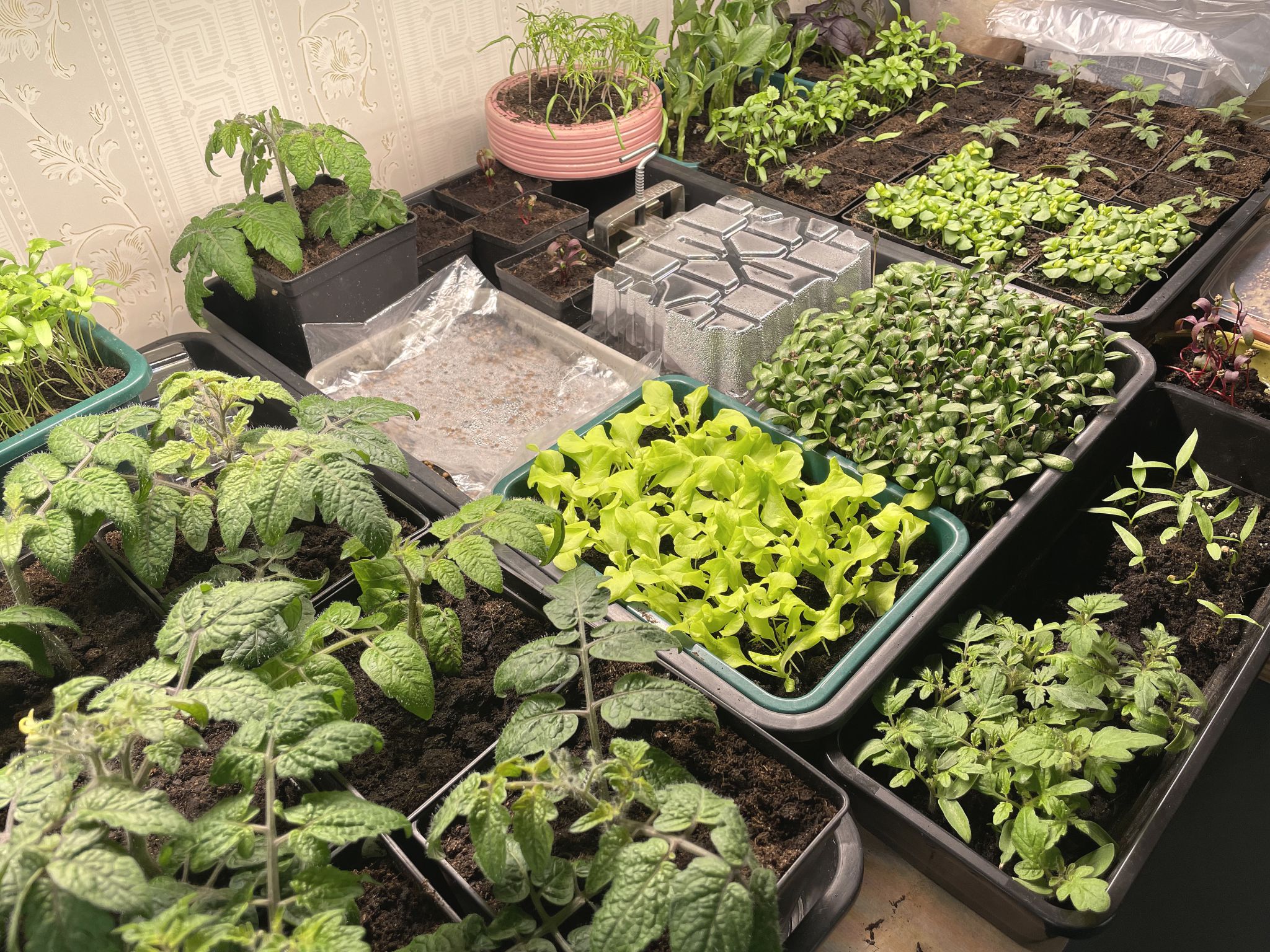
This is my station where I'm growing vegetables indoors in my little cottage.
As I share my indoor gardening projects this winter and early spring, I notice an upsurge in questions on my social media platforms. Which is great! One that stood out to me was: What is the ideal temperature when growing vegetables indoors? So, that's what I'm writing about today! I'll dive straight into my entire indoor setup and tell you more how I grow my vegetables inside.
Read more: Tips on starting seeds indoors
Room Temperature
When it comes to growing vegetables indoors, some of the principles for growing outside definitely still apply. For example, you still need to pick your crops based on the conditions of the environment where you intend to grow. This is, in every aspect, easier than tinkering with the growing conditions themselves. You have some more opportunities to experiment outdoors, but it's more challenging to do indoors where the temperature and humidity is mainly dictated by the house and its inhabitants. Altering conditions drastically to make a few plants happy could definitely test the patience of my family!
When we talk about indoor gardening, we often refer to growing indoors in room temperature. But, the definition of room temperature can of course vary. My family and I live in an old and often drafty house without modern heating. Typically, it's chilly in the mornings and then we reach around 18 degrees Celsius later in the day after we've started a fire - during winter, that is. But, the standard indoor temperature might hover around 75 degrees (24 degrees Celsius) all day long in another household.
If you want to start growing vegetables indoors, you should know that most plants prefer a cooler climate. Of course, the most practical solution for you is probably to make the most of where you are right now, instead of longing for a type of space you don't have and might not be able to create right now.
Read more: Growing bulb fennel indoors
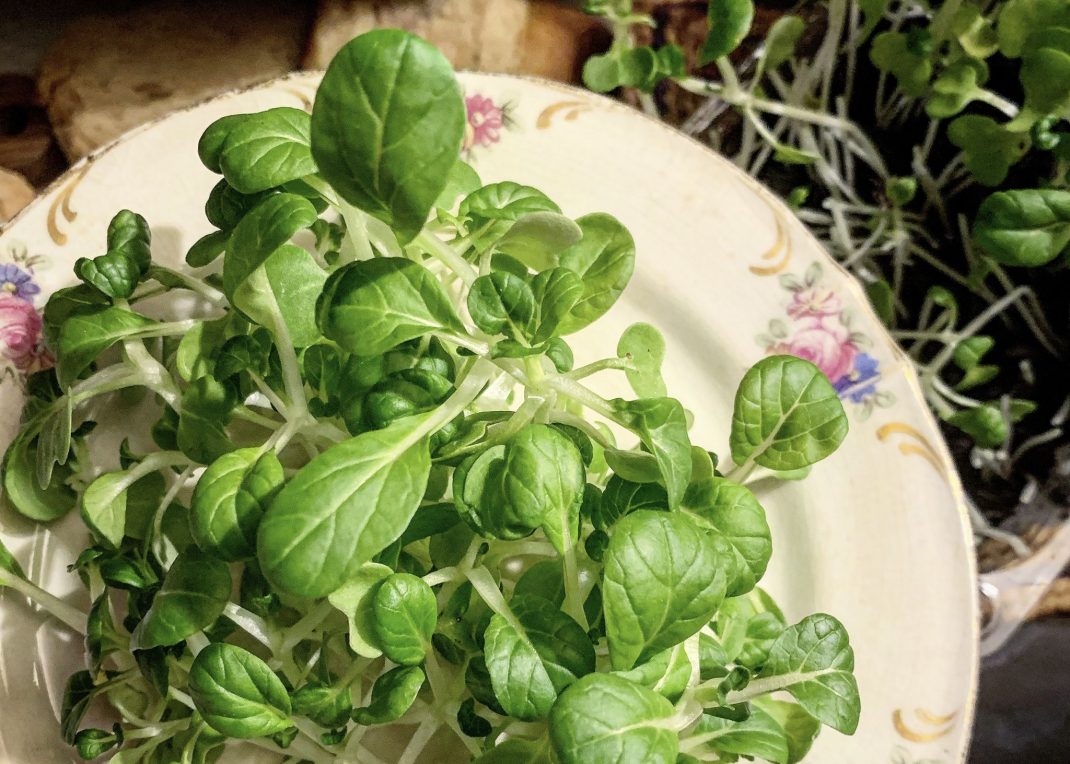
Newly harvested little bok choy plants. I grew these with slightly fewer light hours, so that they wouldn't bolt.
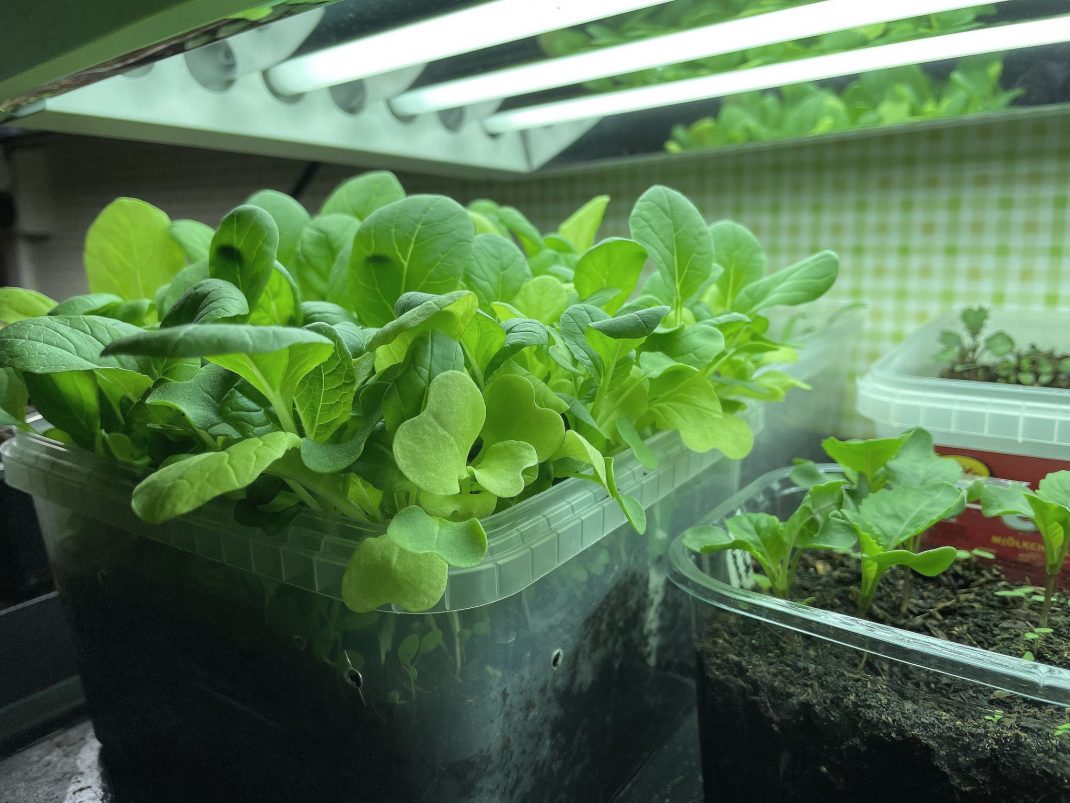
This sowing was done in an old candy box from my local store. I made little holes in the bottom and sides of the box to get rid of excess water. I use the leaves for my salads before the plants bolt.
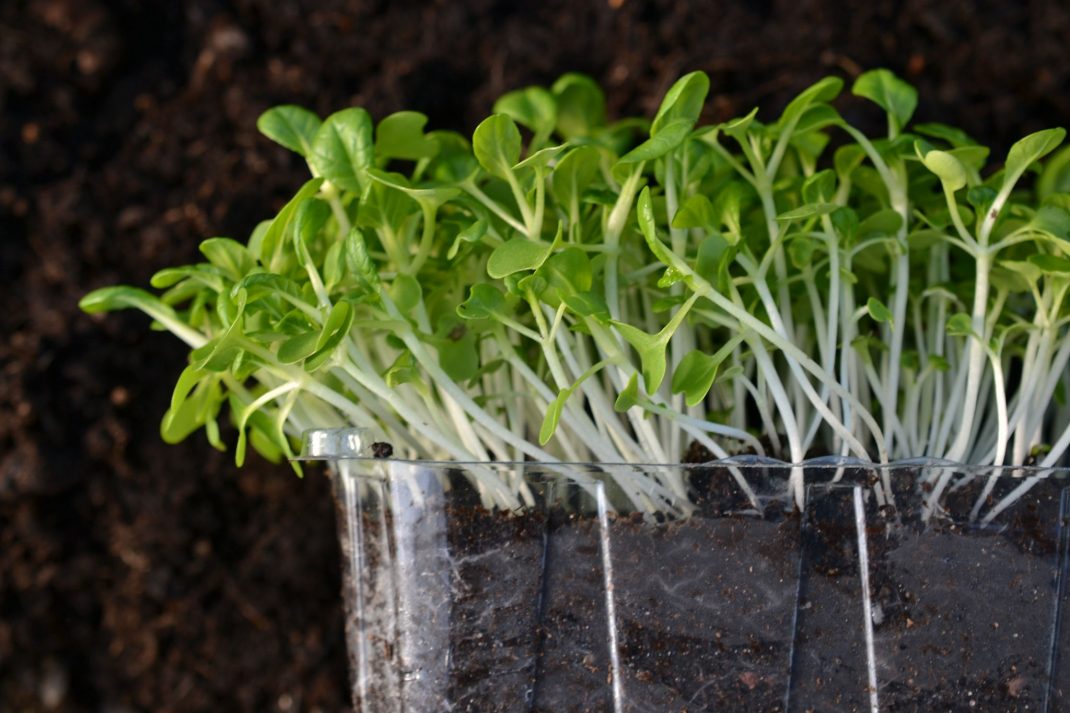
Bok choy is a great little micro vegetable with long and crispy stalks. A perfect choice if you want to start growing vegetables indoors.
Light and Heat
The most important thing you need to grow indoors during winter and early spring is adequate light - a grow light, or several. The grow light should shine on the plants for around 12-16 hours per day. Preferably during daytime, so that the plants also get a dark resting period during night. You can adjust your grow light with a timer to make it easier.
So, what about the temperature then? Well, if the room is very warm, then the plants grow very quickly. In these cases, it's especially important to have enough light so that the plants grow well. Without sufficient light, the plants become leggy and weak in the warmth. If you're planning to eat them directly (for example if you want to grow shoots and small leaves), this might be less of a problem, but when pre-cultivating plants that will later be transplanted, it's really important that the balance between light and heat is right.
Read more: How to grow tomatoes in pots
However, if the room is very cold, the plants grow slowly. This will in almost all cases be a lot gentler on the plants. The light is important here too. If the plants are in a cold environment without enough light, they might grow long, skinny and weak stems as they try to reach for any form of light. Also, they might risk some damage because the soil is too wet (since the air doesn't evaporate at the same speed).
If you want to grow vegetables indoors, make sure to invest in a good grow light. You can read more about how to pick the right grow light for your needs here:
Read more: Store-bought or DIY grow lights
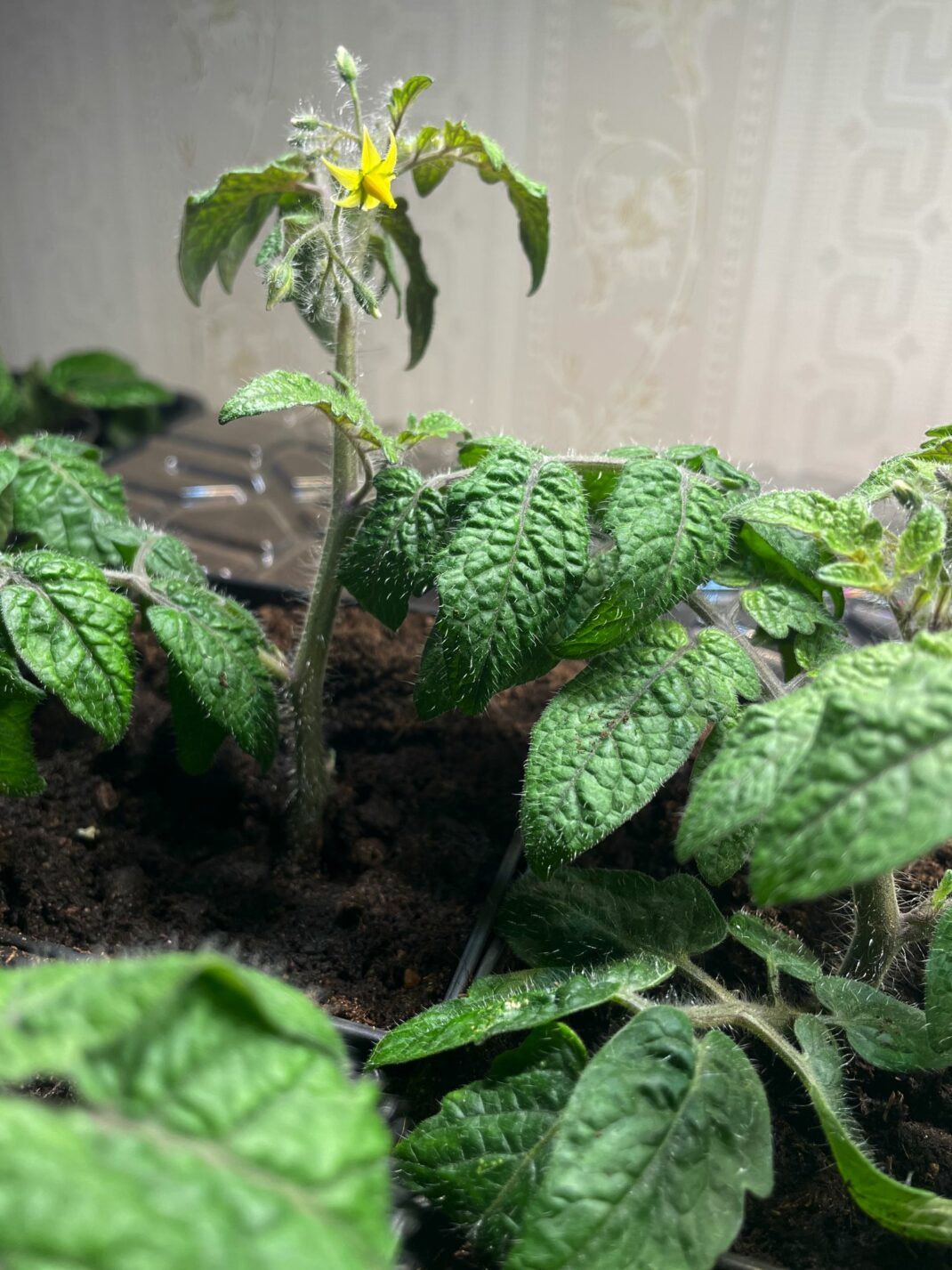
Look at this lovely little potted tomato plant from earlier this winter. The variety is called Vilma. Tomatoes love heat and do well in a warmer room.
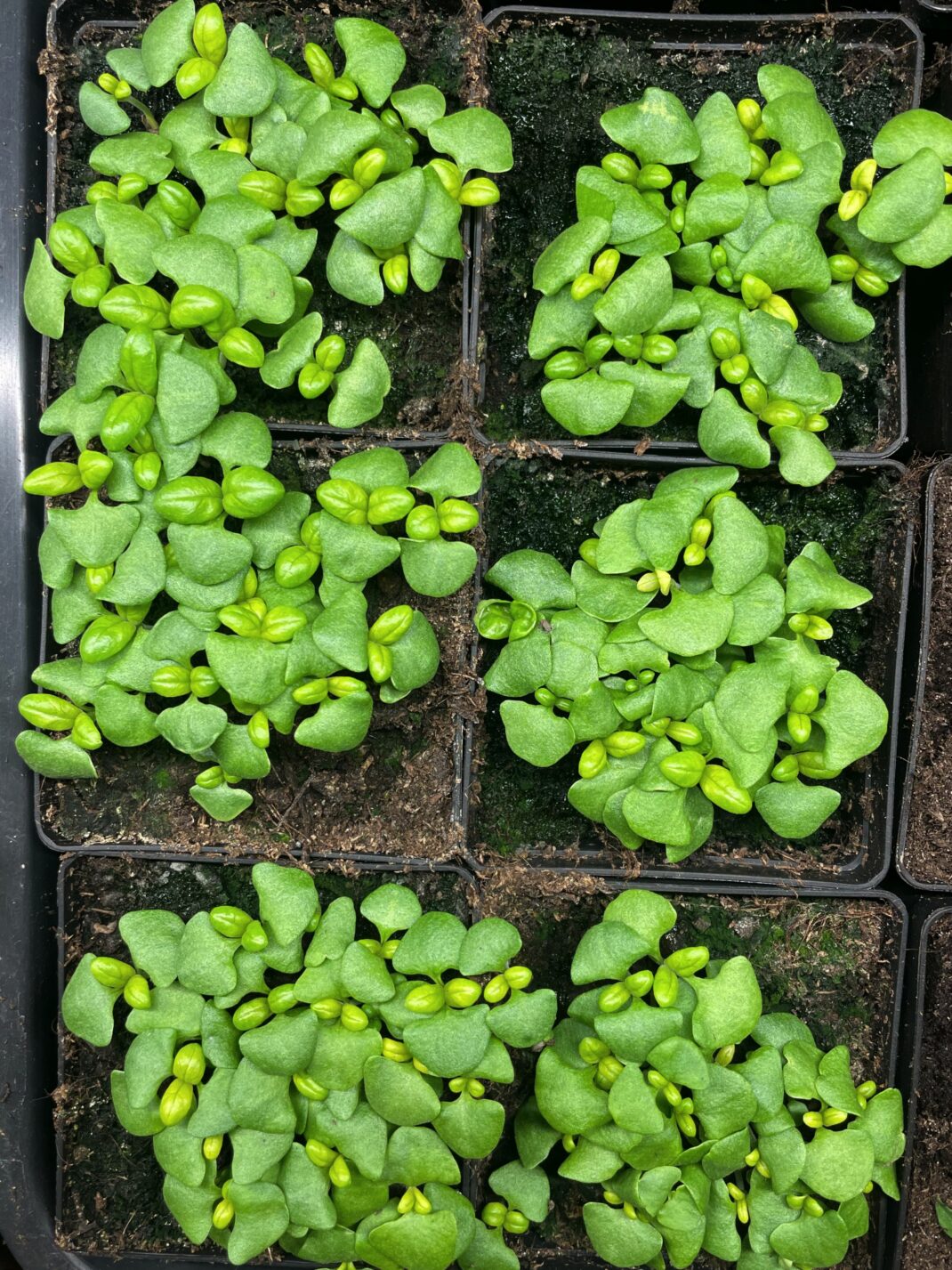
Basil also does well in a warmer space. Keep sowing to harvest new leaves all winter and early spring.
Vegetables for Every Temperature
You can actually grow pretty much any vegetables indoors. It's mostly a matter of finding a size that makes sense for you. For example, it's not very convenient to have a tomato plant that can grow 6 ft tall (around 2 meters). When it comes to temperature, some plants can thrive in very hot or very cold rooms too. Read more about that below.
Warm Room Temperature
Fruit vegetables, many herbs, and certain leafy greens thrive in a warmer temperature. Among the greens, I noticed that the ones that thrive indoors grow well outside in typical Swedish summer conditions - without bolting.
Here are suggestions for plants that thrive in a warm indoor environment. Of course, there are many more, and many of them also grow excellently in cooler environments (but don't develop as rapidly there).
- Tomato
- Bell pepper
- Cucumber
- Lettuce
- Kale
- Basil
- Various shoots
Read more: Chitting potatoes indoors
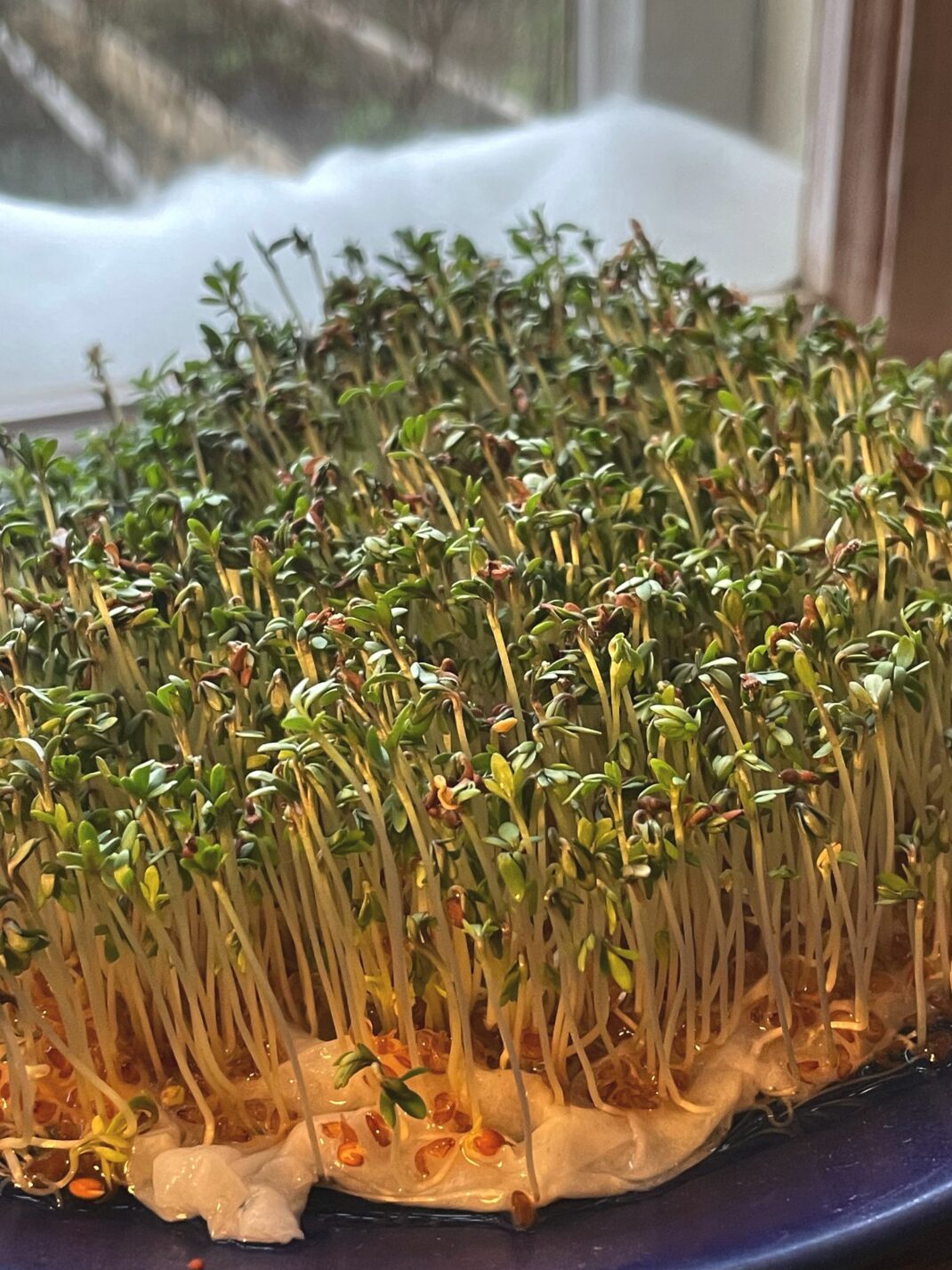
I grow my garden cress by a cool window at home. They grow a bit quicker and taller in a warmer space.
Cool Room Temperature
In slightly cooler rooms, it's easier to get good results with vegetables that develop well outdoors early in the spring and later in the autumn. If possible, you can also consider reducing the number of hours under the grow light slightly for these plants:
- Arugula
- Spinach
- Bok Choy
- Radish
- Mizuna
- Parsley
- Cilantro
- Fava bean shoots
- Pea shoots
Asian leafy greens and other short-day plants, like bok choy, tatsoi, arugula, radish, and spinach, are prone to bolting. They are triggered to bolt when it's very warm and on top of that exceptionally bright. So, what happens when they bolt? Well, bolting means the plant stops producing new leaves. Your harvest will be smaller, and the leaves also lose some flavor.
If you're gardening in very cold spaces (for example stairwells, your garage, basement, etc.), some plants may find it too chilly. In such cases, they may nearly halt their development, develop discolorations on the leaves (for example, due to being unable to absorb nutrients in cold soil), or show clear signs of cold damage.
More: Follow me on YouTube
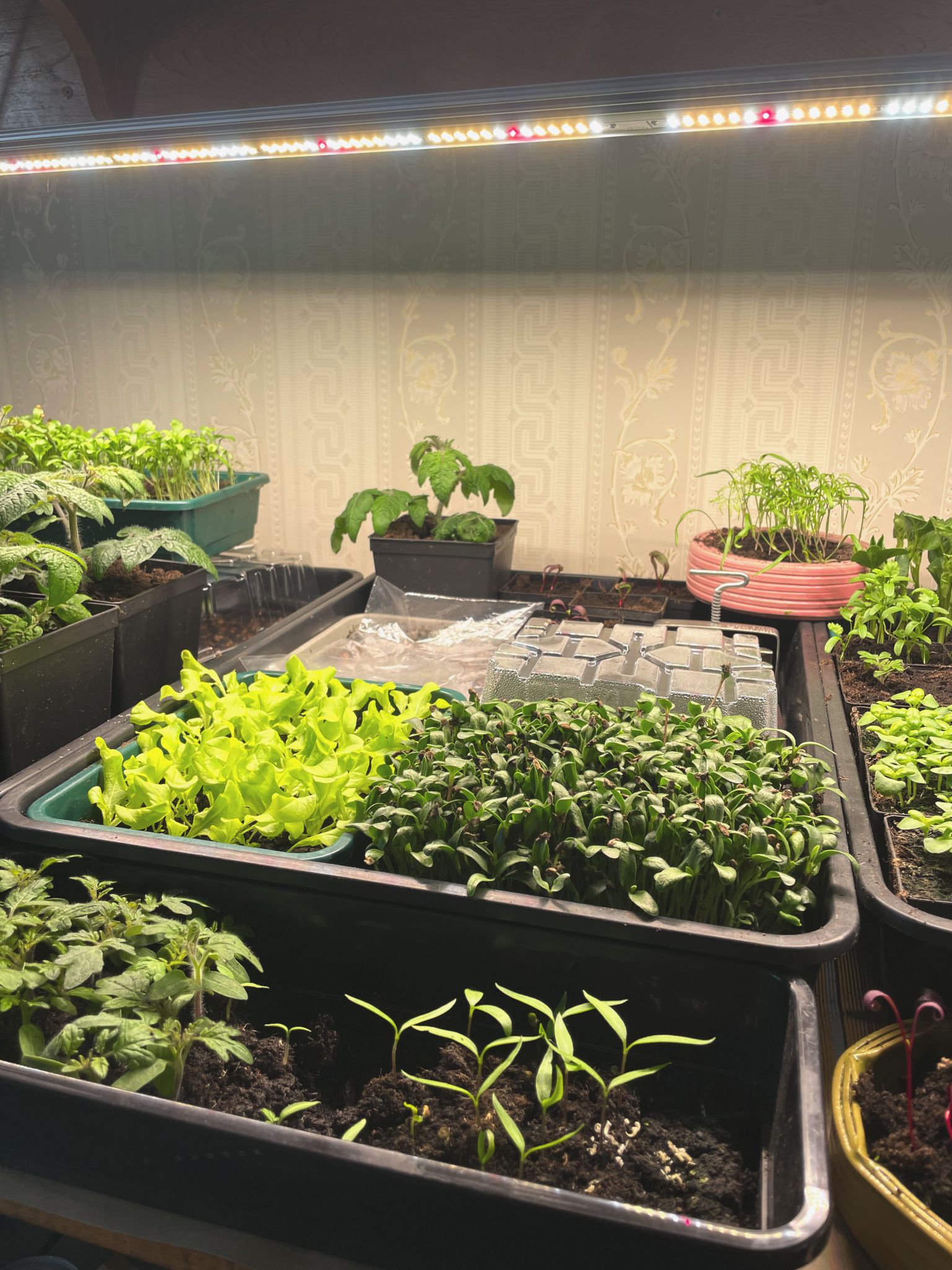
This is one of my grow light stations, a larger LED-light that illuminates a big area underneath. Perfect if you want to start growing vegetables indoors.
Grow Vegetables Indoors Regardless!
With all that said - don't be afraid to experiment and grow vegetables indoors regardless! When you garden indoors during the winter, the goal is mainly to get edible plants that you can harvest directly or because you want to pre-cultivate things that you intend to plant outside later. In the latter case, you need to be more cautious since the plants won't serve any purpose if they've grown poorly indoors. But if you want to do something similar to what I've showed you in the pictures in this post, then just go for it! So, see what grows, eat it, and sow more of what you find grows well and what you enjoy eating right now.
In my cottage, I have an entire table lit up with grow lights where I intend to grow all the little leaves I could need for my sandwiches. I don't live in my cottage, and mostly use it as an office and storage space, so that's why I can keep the temperature down. The room is around 62 degrees (17 degrees Celsius) on a regular winter/early spring day. When I'm here working, I light a fire in the kitchen, and the warmth rises in the "growing room" as well, but it quickly diminishes. The temperature fluctuates, you could say. And I don't really pay attention to how warm or cold it is. The plants I cultivate are allowed to develop at their own pace; I've tailored the selection so I have vegetables that develop both slowly and quickly.
I hope this post brings some clarity about how temperature can affect how we grow vegetables indoors. Good luck!
/Sara at Skillnaden's
22. February 2024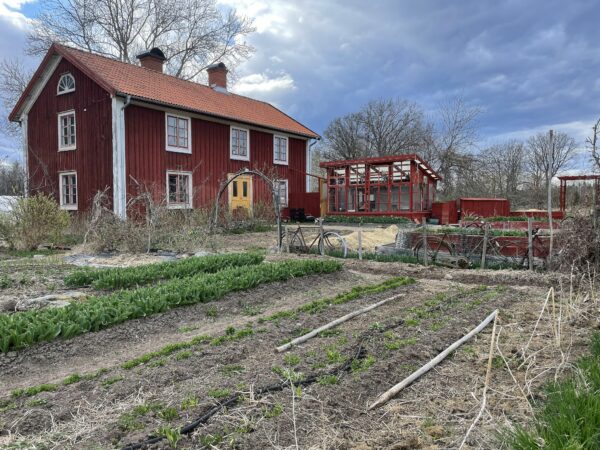
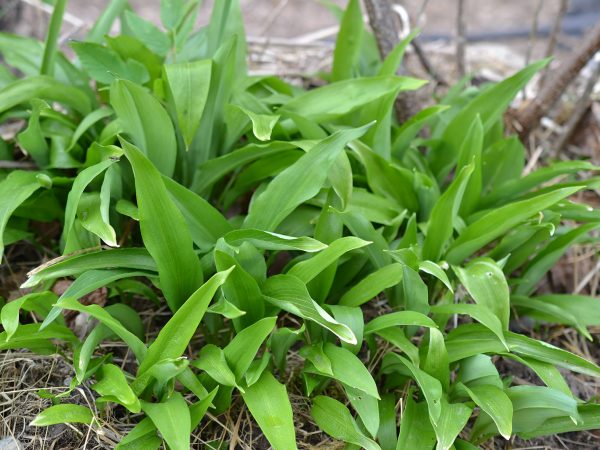
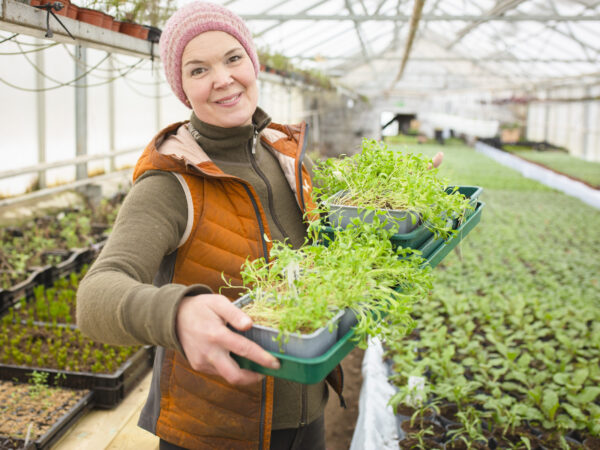
Leave a Reply